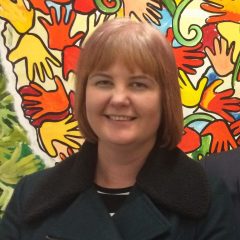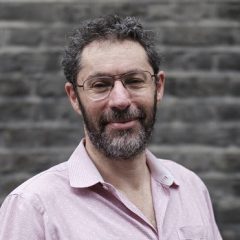Higher education pathways for young people with a social worker
Theme: Rees Centre
This project will use linked national administrative datasets to build a rich picture of progression into higher education for young people in England who were allocated a social worker at any point after the age of 11.
The purpose of the project is to understand how to improve policy and practice to enable more vulnerable young people to access and succeed within higher education. The project is jointly supported by Transforming Access and Student Outcomes in Higher Education and What Works for Children’s Social Care. It started in March 2021 and is expected to report in June 2024.
Research question
How do different groups of young people with experience of social services differ in their progression to higher education compared to each other and their peers, in terms of how likely they are to go, when they go, where they go, and what happens to them after they enter higher education?
Research outline
Our focus will be on the cohort of roughly half a million people born between 1st September 1998 and 31st August 1999, and we explore their school, college and university participation through to the age of 22. The datasets that we will integrate will include:
- National Pupil Database
- Individualised Learner Records
- Higher Education Statistics Agency data
- Children Looked After and Children in Need datasets
Our principal aim will be to understand how the experiences of young people with a social worker compare to other young people. Specifically, we will look at (a) entry to higher education, (b) the university or college attended, (c) the level of qualification pursued, (d) whether there are any disruptions to study, and (e) the outcomes of their higher education experience. We will look these outcomes across five groups of interest:
- Those meeting the statutory definition of a care leaver
- Those in care at any point after the age of 5, but not meeting the statutory definition of a care leaver
- Those on a child protection plan at any point after the age of 11
- Those designated as being in need at any point after the age of 11
- The general population
We will use regression analysis to determine which social, educational and demographic factors influence whether young people are able to access higher education and their experiences of doing so, including how these factors vary for those who have had a social worker.
For information on how we collect and protect data see our privacy notice.
Former team member: Neil Harrison



